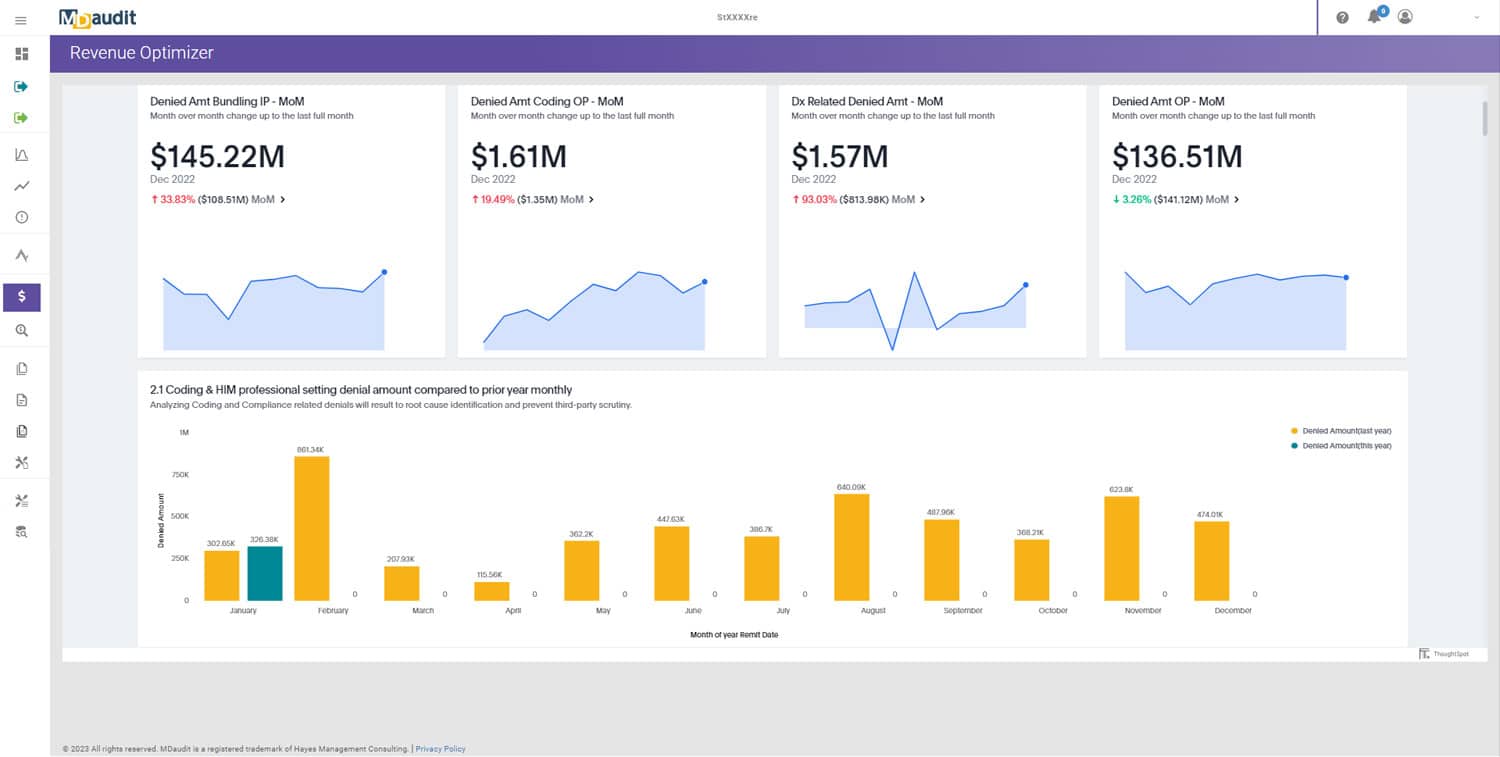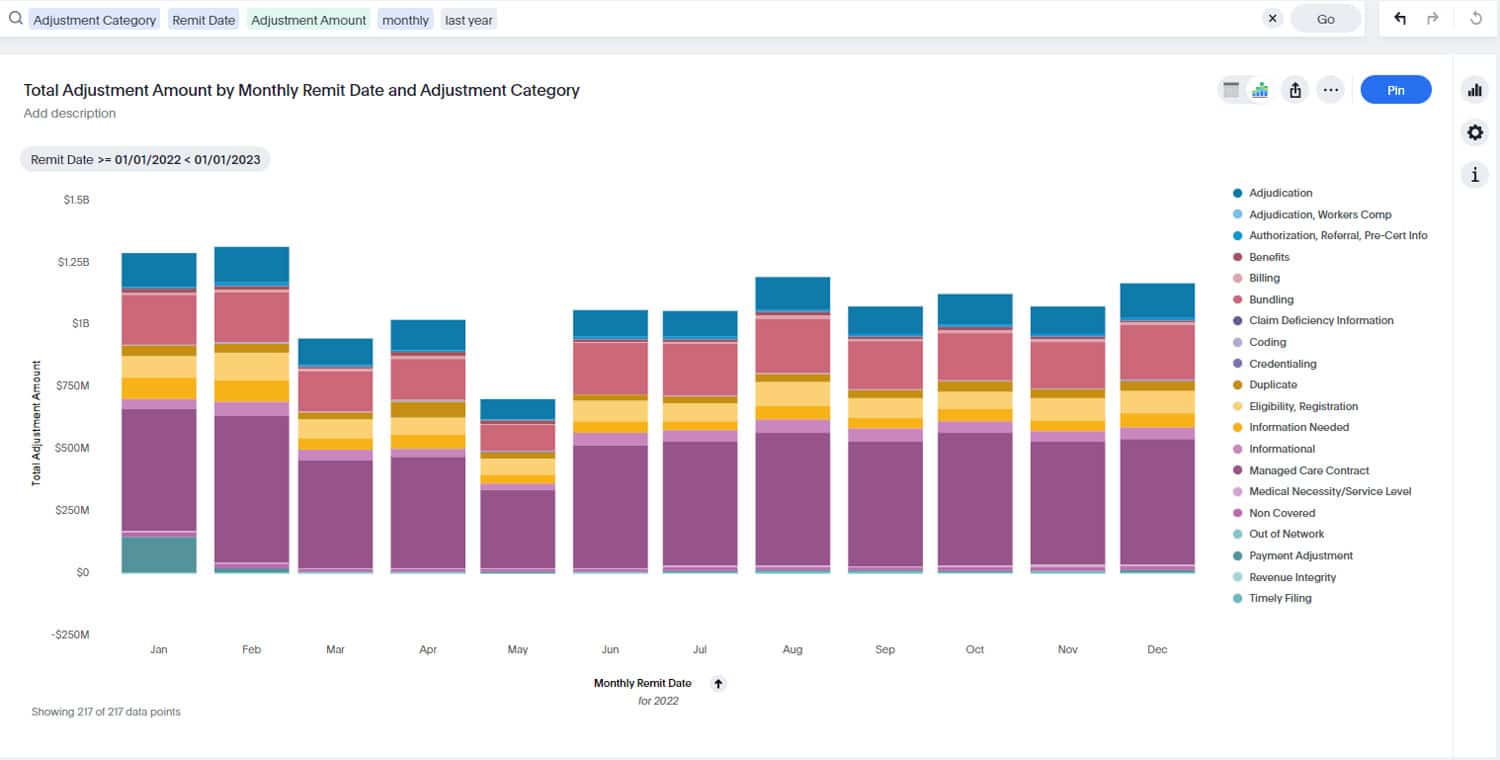Healthcare compliance, coding accuracy, and revenue integrity all intersect at one critical point: provider behavior. Every code, claim, and documentation line originates with a provider’s actions, yet compliance teams often evaluate provider performance in isolated snapshots—one audit or denial at a time. This fragmented approach limits visibility into systemic risk and makes it difficult to achieve sustainable improvement.
In 2025, provider scorecards have become a strategic tool for turning fragmented audit results into continuous insight. When powered by analytics and automation from platforms like Audit Workflows and Denial Risks, scorecards evolve beyond spreadsheets into actionable, data-driven programs that improve both compliance and performance.
This post outlines how to design and operationalize provider scorecards that foster accountability, collaboration, and measurable improvement across compliance, Health Information Management (HIM), and revenue integrity functions.
Why Provider Scorecards Matter
Turning Data into Dialogue
Traditional audit reporting identifies issues after they occur—an error, a missed modifier, or a payer denial. Provider scorecards change that dynamic by creating continuous visibility into performance. They bring coders, auditors, and clinicians into a shared understanding of how documentation and coding decisions affect compliance and revenue.
Rather than focusing solely on findings, scorecards help answer bigger questions:
- Are documentation gaps decreasing over time?
- Which providers or service lines show recurring audit risks?
- Is education reducing denials and repeat findings?
This shift transforms audits from reactive reviews into proactive learning tools.
Balancing Compliance and Education
A common misconception is that scorecards are punitive. In reality, when implemented properly, they empower providers by highlighting both strengths and opportunities. Transparency helps providers understand not just what needs to change, but why—fostering trust and engagement instead of defensiveness.
Core Design Principles
Use Reliable and Integrated Data
A provider scorecard is only as strong as its data. Using MDaudit’s Audit Workflows as a centralized system of record ensures that audit results, documentation outcomes, and denial patterns are consistent and traceable. Integration with coding and billing systems eliminates the silos that often distort performance metrics.
Align Metrics to Clinical Context
Metrics must reflect what’s meaningful to each specialty. An emergency physician’s compliance indicators will differ from a radiologist’s. The most effective scorecards blend clinical nuance with standardized benchmarks, allowing fair comparison without losing context.
Focus on Actionable Indicators
Every metric should drive a behavior or process that can improve. Avoid vanity metrics. Instead, track factors that link directly to education, revenue capture, or denial prevention.
Key Metrics for Compliance-Driven Scorecards
Compliance Accuracy
- Audit Accuracy Rate: Percentage of claims passing compliance audit review.
- Documentation Completeness: How often documentation supports all billed services.
- Error Type Trends: Patterns in missing documentation, coding errors, or payer-specific variances.
Revenue and Denial Metrics
- First-Pass Yield: Percentage of claims paid without rework.
- Denial Rate by Category: Highlights whether payer or provider behaviors drive issues.
- Appeal Success Rate: Demonstrates whether provider corrections lead to sustained improvement.
Education and Improvement
- Education Completion: Providers who complete assigned training within the audit cycle.
- Repeat Findings: Frequency of recurring audit issues after education.
- Time to Resolution: Average days between issue identification and corrective action.
Each metric connects compliance precision to operational outcomes, aligning clinical documentation with financial performance.
Building the Scorecard Workflow
1. Define the Objective
Start by clarifying the goal. Are you measuring compliance quality, documentation completeness, or overall financial risk reduction? A focused purpose keeps scorecards clear and actionable.
2. Select Metrics That Matter
Limit the initial scope to a small set of meaningful indicators. Complexity can erode adoption. Once workflows are proven, expand to additional measures.
3. Automate Data Ingestion
Automation ensures reliability. MDaudit’s Audit Workflows automatically update scorecards as audits are completed, eliminating the need for manual aggregation and reducing reporting lag.
4. Integrate Feedback and Education
Scorecards should not stop at measurement. Link insights directly to education plans and follow-up audits. Providers who receive timely feedback and context see faster improvement.
5. Establish Governance and Review Cadence
Regular review cycles maintain credibility. Compliance teams should review data on a monthly basis, discuss findings with clinical leadership, and adjust targets as payer behavior or documentation standards evolve.
Using MDaudit Tools to Drive Scorecard Impact
Audit Workflows as the Source of Truth
By centralizing all audit activity, Audit Workflows gives compliance leaders a comprehensive dataset for performance tracking. The platform captures audit types, findings, and resolutions—data that feeds directly into scorecards without manual manipulation.
Analytics Through Revenue Optimizer
Denial Risks enable deeper insight into financial outcomes. It allows users to correlate provider-level audit trends with denial volume, payer performance, and revenue impact. This turns scorecards into both compliance and business intelligence tools.
Intelligent Guidance from AI
AI-Powered Technology adds predictive and behavioral layers to scorecards. By analyzing patterns of documentation and coding behavior, it identifies which providers are most likely to face future risk—and recommends where education will have the greatest effect.
Engaging Providers for Long-Term Success
Communicate Clearly
Providers must understand what is being measured and why. Share the methodology behind each metric, and ensure the data used is transparent and current.
Highlight Positive Trends
Balance corrective insights with recognition. Highlight improvements in audit accuracy, education completion, or documentation quality to reinforce engagement.
Integrate into Existing Education Programs
Tie scorecard feedback directly into ongoing coding and documentation training. Providers who see direct links between metrics and education outcomes are more likely to embrace the process.
Provide Consistent Follow-Up
Follow up on every trend—positive or negative. Regular, data-informed discussions transform scorecards from static reports into active tools for performance improvement.
Measuring Program Effectiveness
To evaluate the success of a provider scorecard initiative, track both process and outcome metrics:
- Reduction in compliance findings per provider
- Shorter time between audit completion and corrective action
- Decline in repeat errors post-education
- Increase in provider engagement with education programs
- Improvement in claim acceptance and reduction in payer rework
Over time, these metrics validate that the scorecard program is driving both compliance accuracy and operational efficiency.
The Future of Provider Performance Management
The next generation of provider scorecards will integrate behavioral artificial intelligence (AI) to continuously learn from user interactions. As AI models recognize where improvement occurs, they will adapt scorecard weightings automatically—focusing provider attention where it matters most.
This evolution turns compliance oversight into continuous coaching, embedding data-driven learning into every provider’s workflow. The result is a smarter, more collaborative approach to compliance that sustains long-term performance gains.
Conclusion
Provider scorecards represent a fundamental shift in compliance strategy—from reactive correction to proactive collaboration. When built on reliable data and powered by intelligent automation, they foster shared accountability and measurable improvement across the revenue cycle.
With MDaudit’s Audit Workflows, Denial Risks, and AI-Powered Technology, organizations can create unified, transparent, and adaptive scorecards that simultaneously elevate provider engagement and compliance precision.






